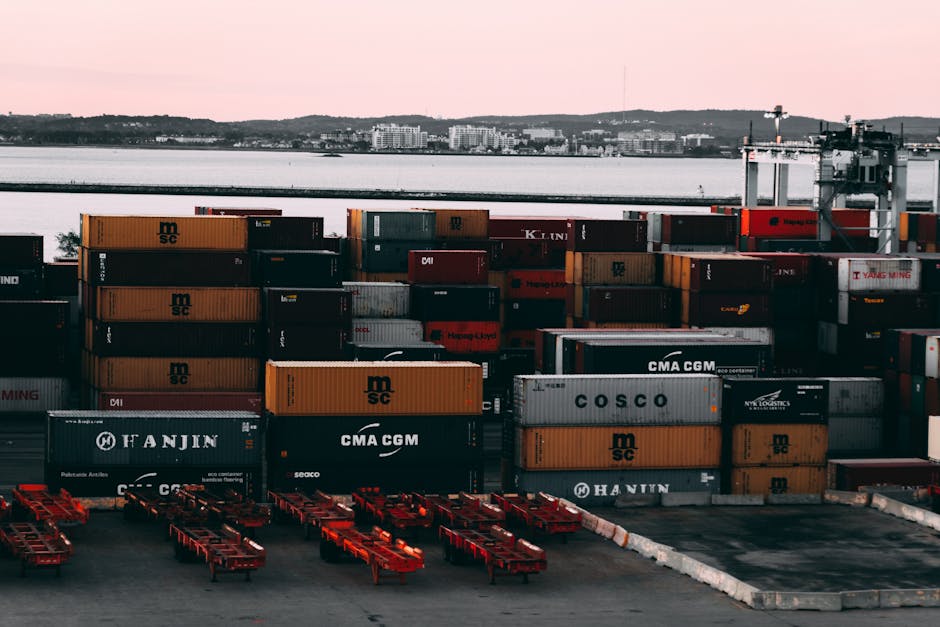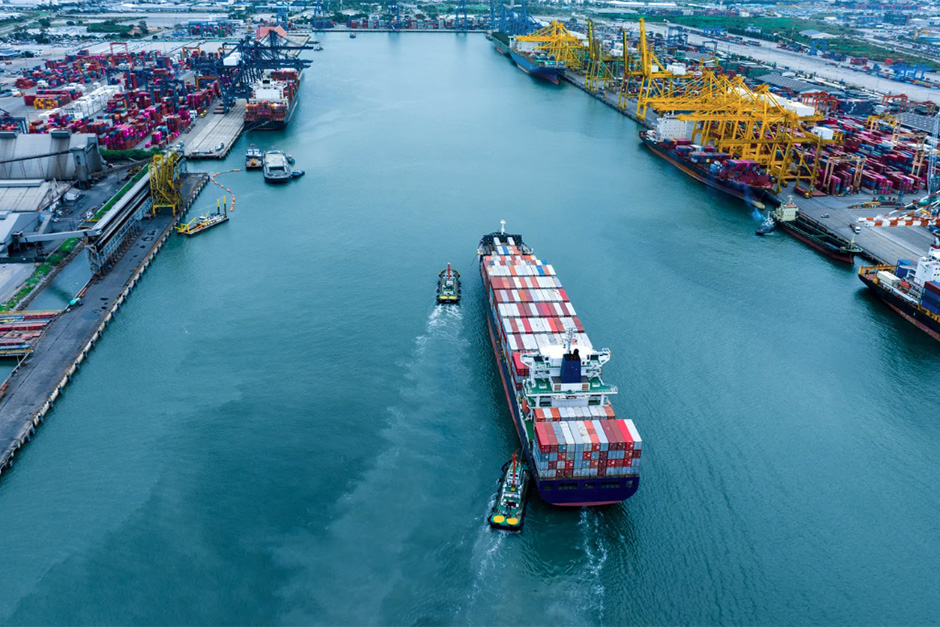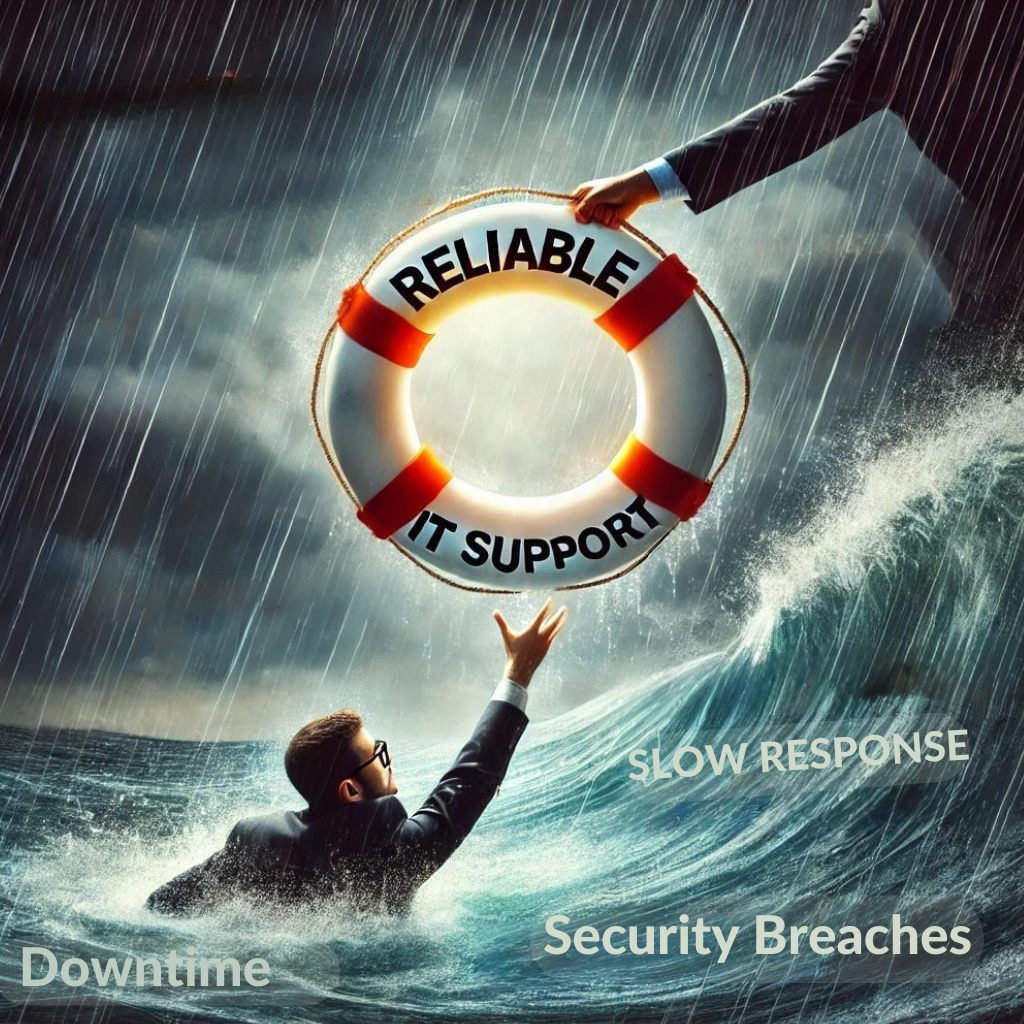
How Ports Lose Revenue Without Automated Billing
For many ports, billing is a behind-the-scenes process – until it starts costing you real money. Relying on spreadsheets, paper forms, or outdated systems means
Port asset management software helps seaports operate smoothly and efficiently.
It allows port authorities to keep track of their assets, manage maintenance schedules, and effectively optimize their resources. It also allows them to improve overall performance, reduce operational costs, and enhance safety measures.
The use of Port Asset Management Software is crucial for modern seaports looking to stay competitive and meet the increasing demands of the maritime industry.
Seaport managers often face challenges such as managing increasing cargo volumes, ensuring quick turnaround times for ships, and maintaining high levels of security. They also need to manage various stakeholders like shipping companies, customs officials, and transport providers.
Weather disruptions, labor strikes, and technological upgrades can further complicate operations. Efficient port asset management software can help streamline these processes by providing real-time data, optimizing resource allocation, and improving communication among different parties.
Effective port asset management software should offer comprehensive tracking and monitoring capabilities for all port assets.
These include real-time tracking of vessels, containers, and equipment. The software should also provide data analysis tools to optimize port operations and improve efficiency.
Additionally, it should have a user-friendly interface for easy navigation and seamless integration with existing port systems.
Implementing port asset management software is crucial for enhancing risk management at seaports.
The real-time data insights provided by port asset management software allowing port authorities to identify and address potential risks promptly.
By leveraging these tools, seaports can efficiently monitor critical operations, such as cargo handling and vessel movements, to ensure compliance with safety protocols.
Additionally, software solutions enable port authorities to streamline communication and coordination among stakeholders, improving overall operational efficiency and reducing the likelihood of disruptions.
Port management is evolving very quickly with the integration of technology.
Port asset management software is being utilized to streamline operations and enhance efficiency at seaports.
This technology allows for better monitoring and coordination of various port activities, from cargo handling to security protocols. Seaports can optimize their resources, reduce downtime, and improve overall productivity. The adoption of modern port software marks a significant shift towards modernizing port operations and ensuring a more seamless port management experience.
The future outlook for port asset management software is promising as more ports recognize the value it brings in modernizing and enhancing their operations.
At Nicom Maritime, we specialize in developing cutting-edge IT solutions for seaports, pilotage authorities, and maritime exchanges. Schedule a free consultation call today to see how we can eliminate your IT headaches and ensure smooth maritime operations. Click Here to schedule now or call us at 1-833-231-6182 to get started.

Make smarter, faster decisions with a single view of your port’s operations. Nicom Maritime’s integrated dashboards connect billing, pilotage, dwell time, scheduling, and finance – giving your team real-time visibility into what’s happening across the port. No spreadsheets. No silos. Just clarity.

For many ports, billing is a behind-the-scenes process – until it starts costing you real money. Relying on spreadsheets, paper forms, or outdated systems means

A Port Management Dashboard gives port authorities real-time insights into operations, helping them make faster, smarter decisions. With powerful data visualization tools, ports can improve efficiency, optimize logistics, and boost revenue tracking – all from a single interface.

What Happens When Your Systems Fail? Imagine a busy port, pilotage authority, or maritime exchange preparing for the day’s operations when suddenly, critical systems fail: